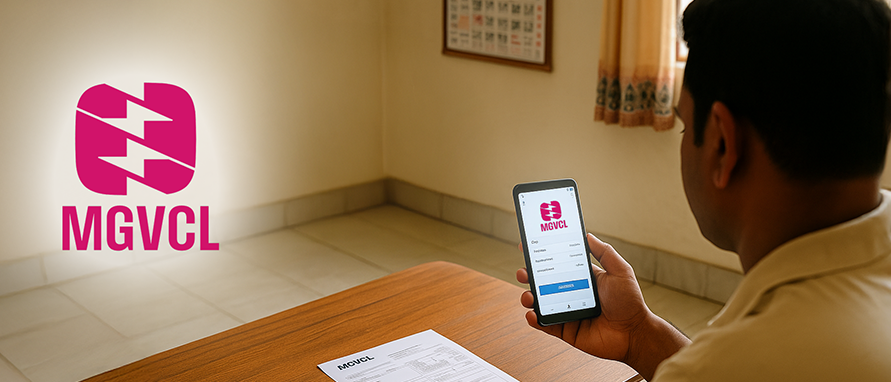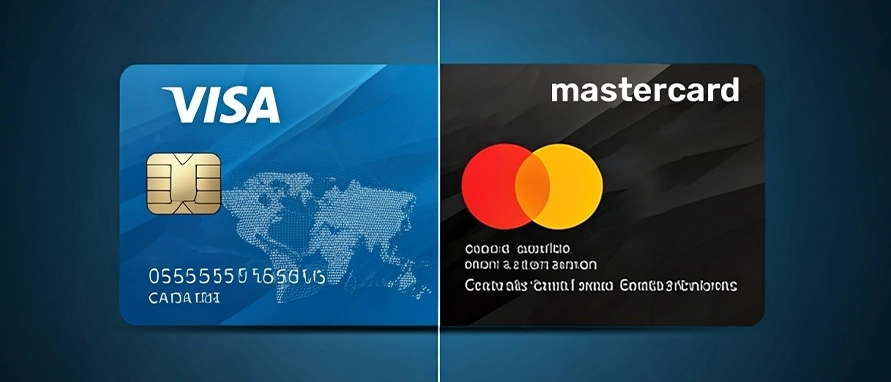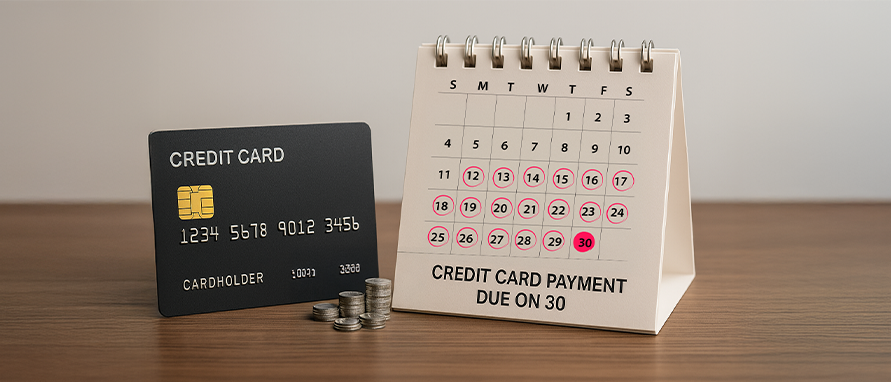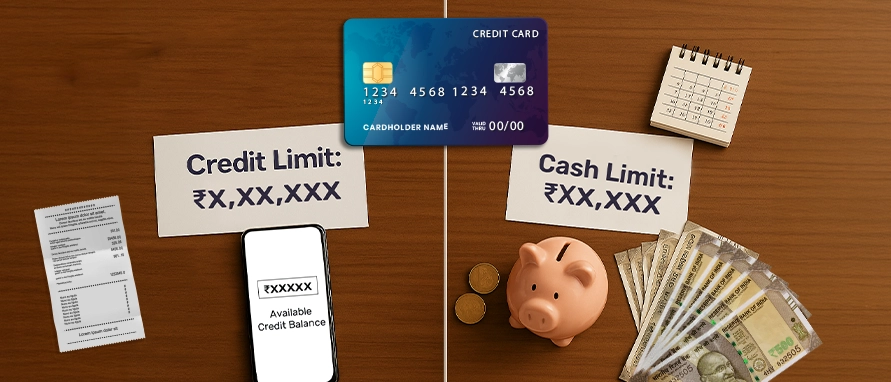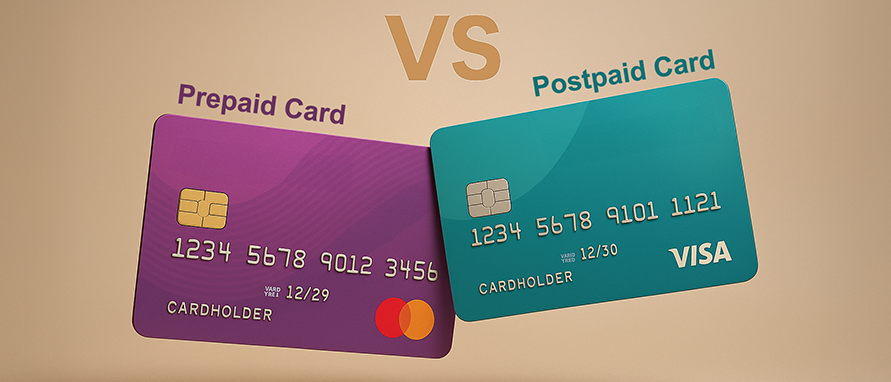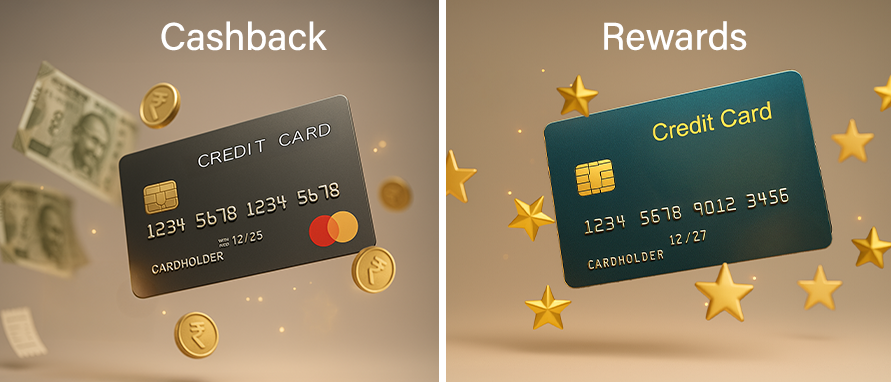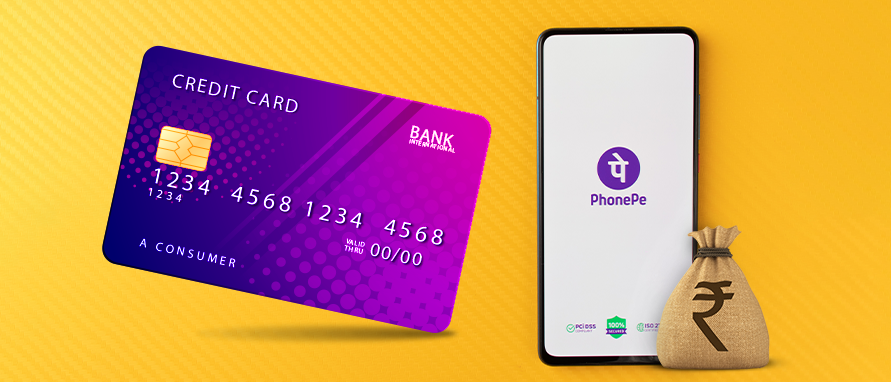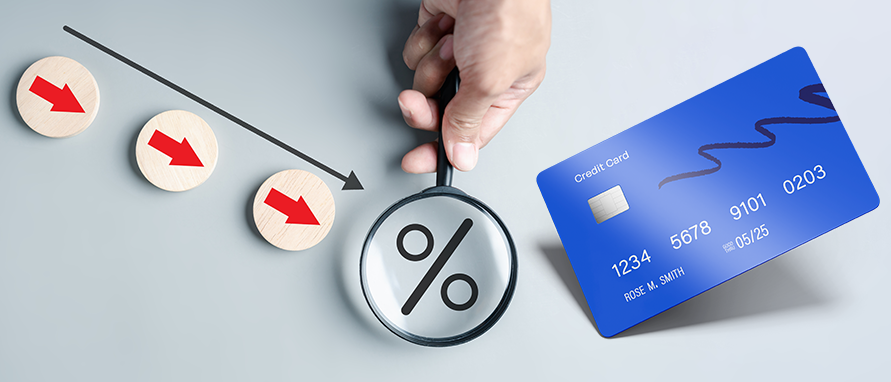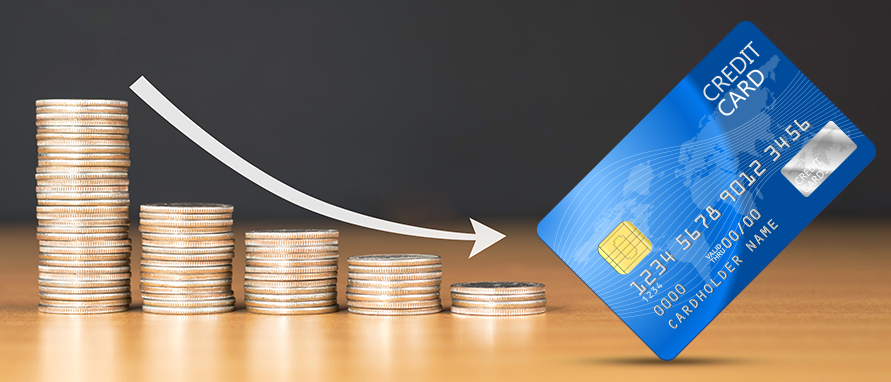How Do Banks Make Money with Credit Cards
Overview
Credit cards are a common financial product that not only provide consumers with flexible spending options but also generate significant revenue for banks. Banks benefit from credit cards through interest charges, annual fees, transaction fees, cash advance fees, and late payment charges.
These sources of revenue provide significant earnings from credit card customers. Understanding how do credit cards work and how banks earn from them helps clarify the key elements behind this profitable financial service.
How Do Credit Cards Work and How Do Banks Profit
Credit cards allow consumers to make purchases up to a certain credit limit, borrowing money from the bank. At the end of each billing cycle, if the consumer does not pay off the entire balance, the remaining amount incurs interest. This is where banks start earning revenue.
Here’s how the process works:
1. Credit Limit
Banks assign a credit limit based on the cardholder's creditworthiness. For example, if a consumer has a credit limit of ₹50,000, they can borrow up to that amount for purchases.
2. Payments
At the end of the billing cycle, the cardholder must pay back the balance. If they do not pay the full amount, interest is charged on the remaining balance.
3. Interest on Unpaid Balances
If a consumer only pays ₹30,000 of their ₹50,000 bill, ₹20,000 will accrue interest. Banks typically charge high interest rates (15-40% p.a.) on these balances, making it a significant revenue source.
Lets take an example to understand how do credit card companies make money:
| Credit Card Balance |
Amount Paid |
Remaining Balance |
Interest Charged (25% p.a.) |
Bank Profit |
|---|---|---|---|---|
| ₹50,000 |
₹30,000 |
₹20,000 |
₹5,000 |
₹5,000 |
As shown above, the bank earns ₹5,000 in interest from the remaining ₹20,000 balance after the consumer's partial payment. This interest is paid monthly, and the longer the balance remains, the more the bank earns.
Banks also earn revenue from:
Transaction Fees
Merchants pay a fee to the bank for processing credit card transactions
Annual Fees
Some cards have an annual fee, which is charged to the cardholder regardless of usage
Cash Advance Fees
If a cardholder withdraws money using their credit card, the bank charges a cash advance fee and typically applies a higher interest rate
The Role of Interest Rates in Bank Earnings from Credit Cards
Interest rates are a key revenue source for how banks earn from credit cards. These rates are typically much higher than those applied to traditional loans, as credit cards are an unsecured form of credit.
Higher Risk
Since there is no collateral backing the credit card debt, banks charge higher interest rates to compensate for the risk of non-payment. For instance, the interest rate on a credit card might range from 15% to 40% p.a., while a personal loan might have an interest rate of around 10-12% p.a.
Interest Accrual
If a cardholder carries a balance, the interest accrues on the outstanding amount. For example, if the consumer carries a ₹30,000 balance with a 24% interest rate, the interest for one month (approx.) will be:
Interest for one month = ₹30,000 × 24% ÷ 12 = ₹600
This monthly interest accumulates, making credit card debt costly for consumers while ensuring significant profits for banks.
Here’s how banks make money with credit cards by structuring interest charges:
Balance Remaining |
Interest Rate (Annual) |
Interest Accrued (1 Month) |
|---|---|---|
| ₹30,000 |
24% |
₹600 |
| ₹50,000 |
18% |
₹750 |
| ₹100,000 |
20% |
₹1,666 |
As shown, even with a relatively low balance, interest can quickly add up, generating substantial revenue for the bank.
Transaction Fees: A Source of Profit for Banks
Every time a cardholder makes a purchase, the bank earns money through transaction fees. Here's how:
Merchant Fees
Merchants must pay banks a fee (Merchant Discount Rate) for processing card payments
Higher Spending = More Earnings
The more a cardholder spends, the more fees the bank collects
Global Reach
The widespread use of credit cards across borders helps banks earn from international transactions
The more frequently customers use their cards, the more banks benefit from these transaction fees.
Annual Fees: How Banks Make Money from Credit Card Holders
Annual fees are a direct and predictable income source for banks. Key points include:
Varied Fee Structure
Basic cards might have lower fees, while premium cards, offering more benefits, charge higher fees
Steady Income
Banks charge these fees annually, regardless of whether customers use their card or not
Incentive to Use
Higher annual fees often come with added rewards like cashback, travel points, or insurance, making it easier for banks to justify the fee
Cash Advance Fees and Late Payment Charges: How Banks Profit from These Fees
It’s essential to understand how do banks earn from credit cards through cash advance fees and late payment charges. A cash advance allows a cardholder to withdraw money from their credit card, typically at an ATM or over the counter. Banks charge a fee for this service, which can be a percentage of the amount withdrawn or a fixed fee. Additionally, cash advances often carry higher interest rates than regular credit card purchases, further benefiting the bank.
Late payment charges are another significant source of income. If a cardholder misses a payment or pays after the due date, the bank charges a fee.
This penalty serves two purposes:
It compensates the bank for the inconvenience
Encourages cardholders to make timely payments in the future
The late fee can often be quite high, adding to the revenue stream banks receive from their credit card products.
Rewards Programs: How Banks Offset Costs and Generate Profit
Banks offer rewards programs, but these are still profitable for them. Here's why:
Increased Spending
The promise of rewards encourages cardholders to use their cards more frequently
Higher Transaction Fees
More purchases lead to more transaction fees for the bank
Retailer Partnerships
Banks often earn commissions from retailers when cardholders shop through their program's preferred stores
Credit Card Issuers’ Role in Partnering with Retailers and Networks
Banks also partner with credit card networks and merchants to maximise revenue. By working with retailers and networks, banks benefit from a global, constant stream of revenue.
This includes:
Credit Card Networks (Visa, Mastercard)
These networks facilitate card acceptance worldwide, helping banks earn transaction fees each time a card is used.
Retailer Partnerships
Banks collaborate with merchants to offer discounts, promotions, and loyalty programs. The bank earns from increased card usage and higher transaction volume.
Why Credit Card Companies Charge High Interest Rates
Credit card companies typically charge high interest rates on outstanding balances compared to other types of loans, such as personal loans or mortgages. This is primarily because credit cards are considered a form of unsecured credit. Unlike loans backed by collateral, such as car or home loans, credit cards are riskier for banks, as there is no asset to claim if a borrower defaults.
To mitigate this risk, credit card companies charge higher interest rates. These rates help offset the potential losses from customers who may not repay their debt in full. Additionally, the flexible nature of credit cards, where users can borrow and repay repeatedly within their credit limit, makes them an attractive but risky lending option for banks.











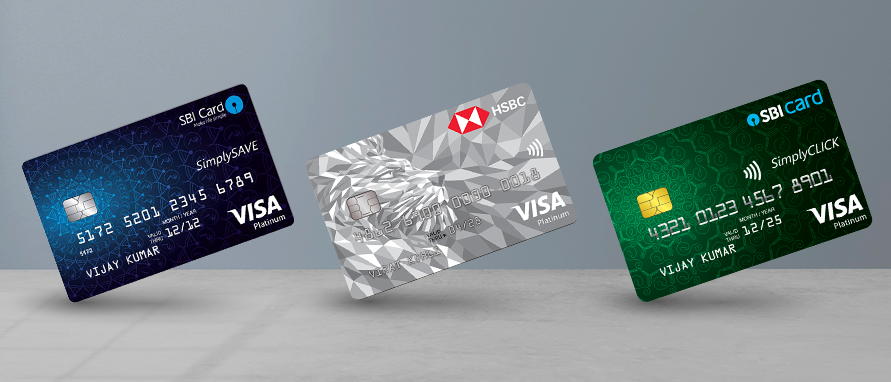









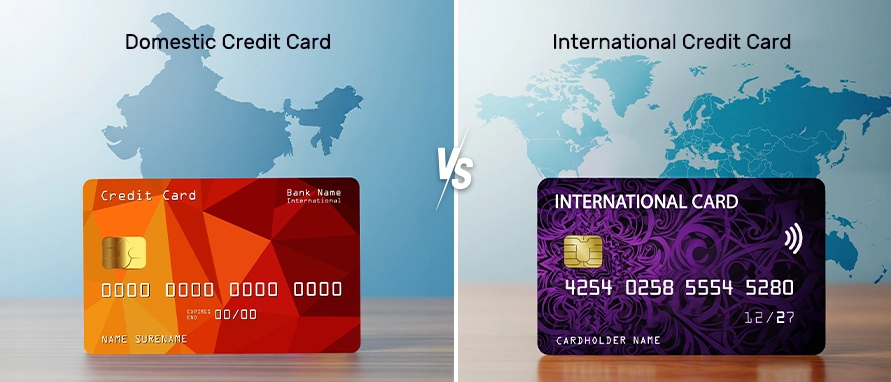





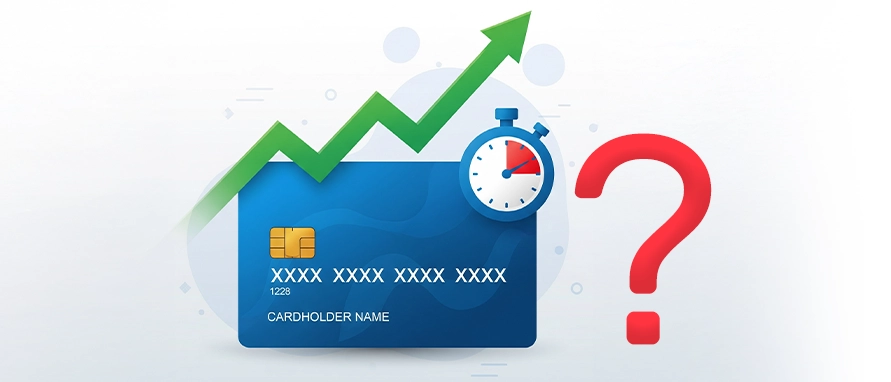
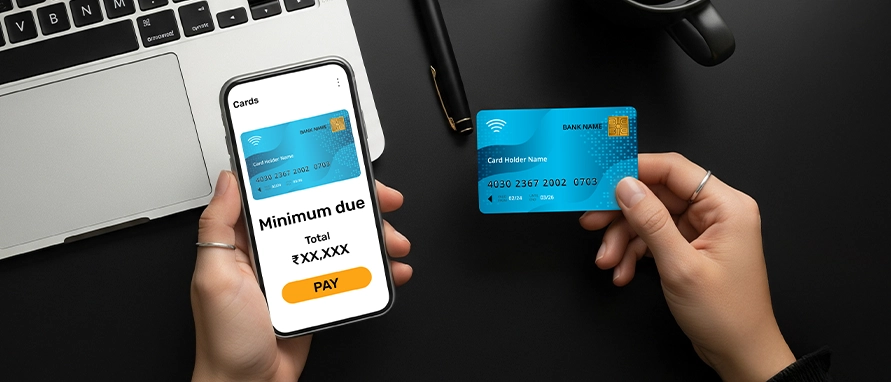
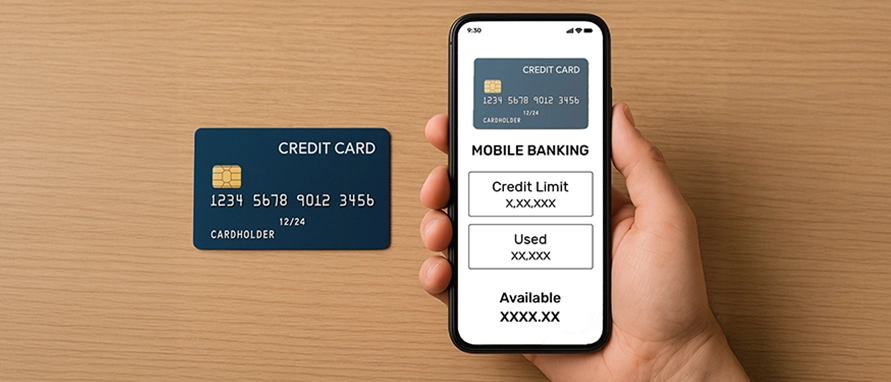
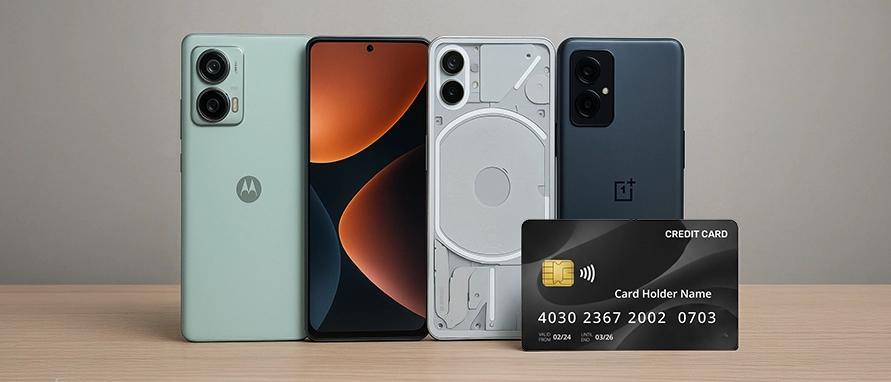


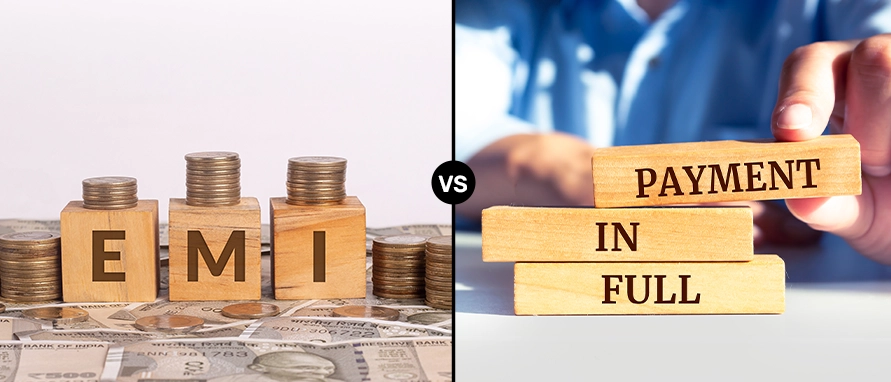

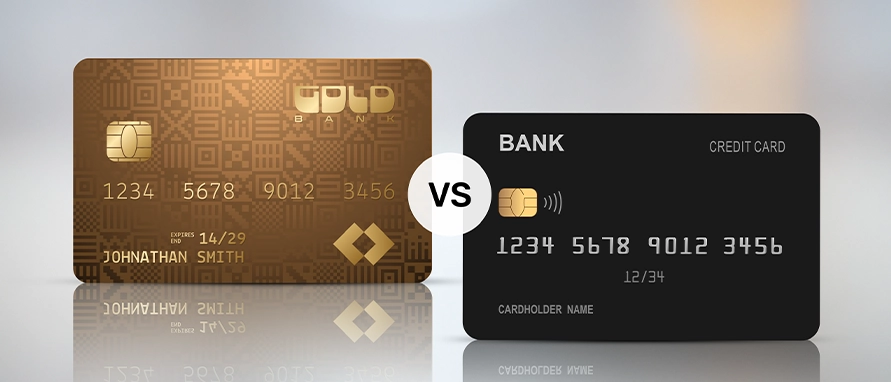




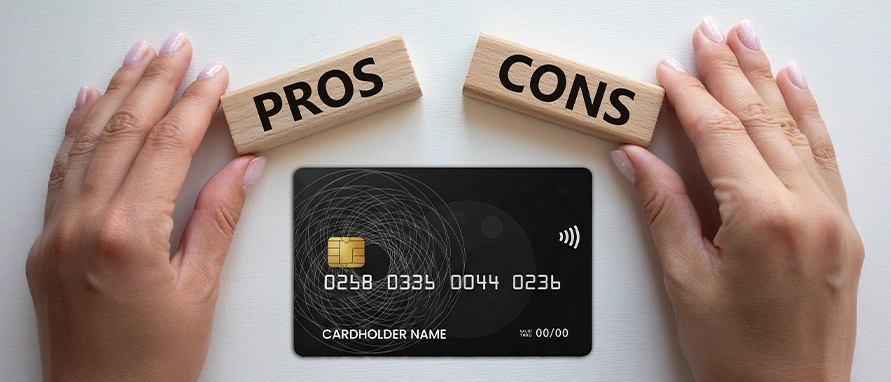








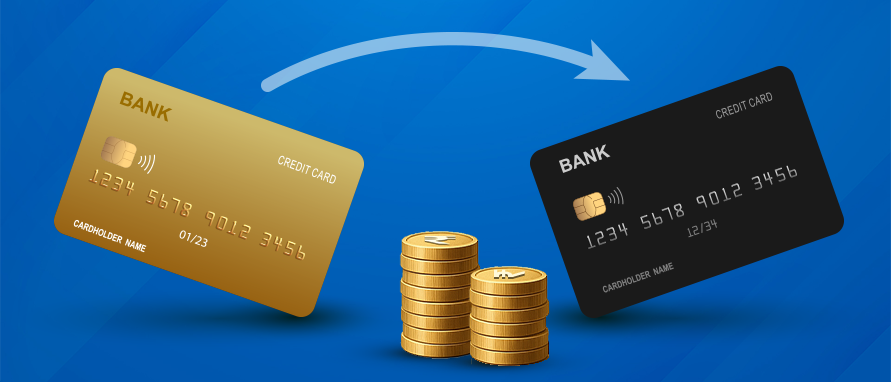




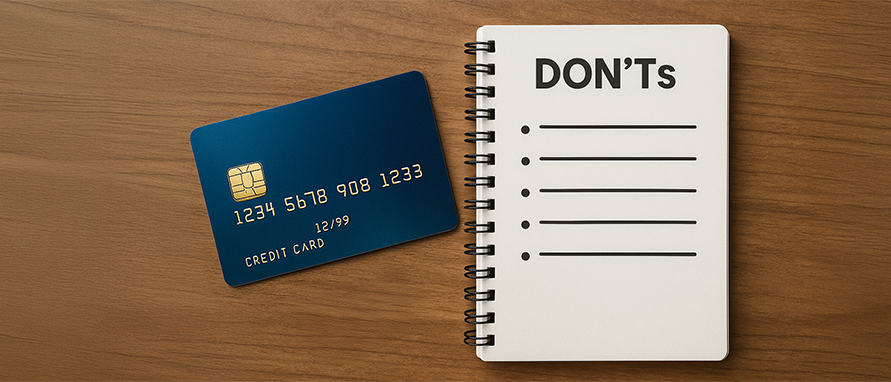
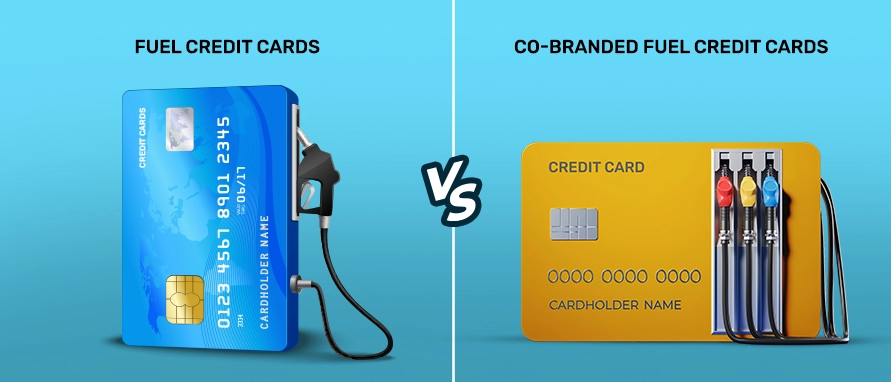
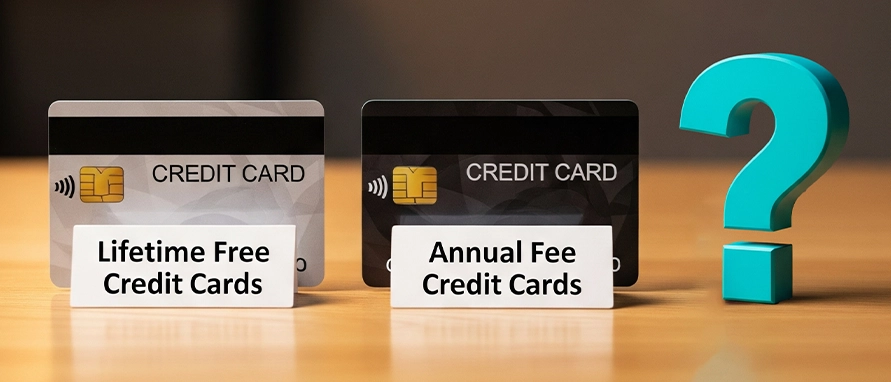
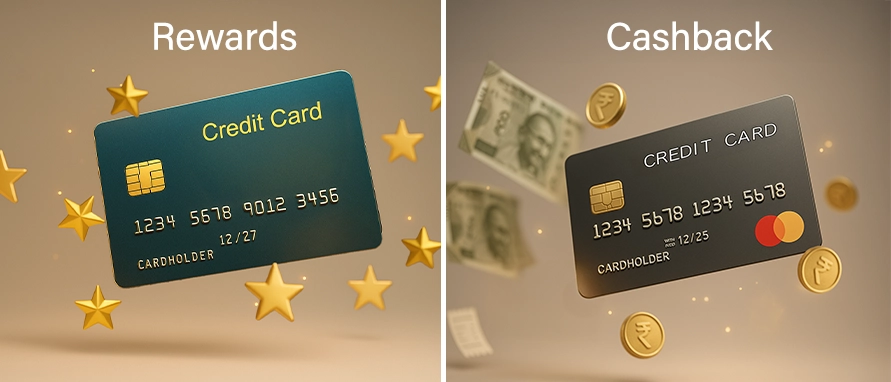











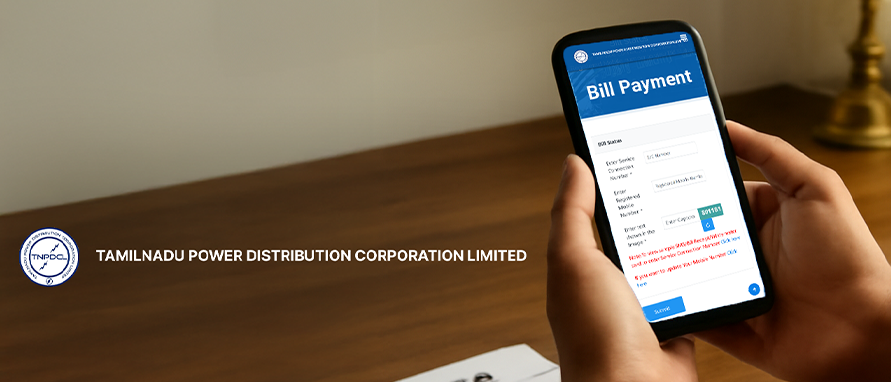


.webp)
